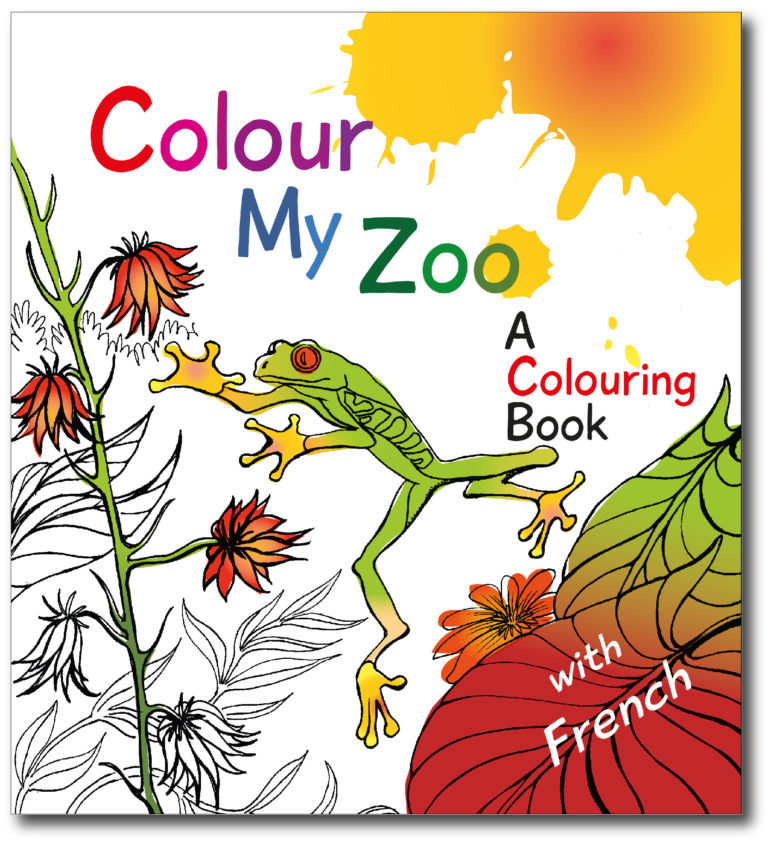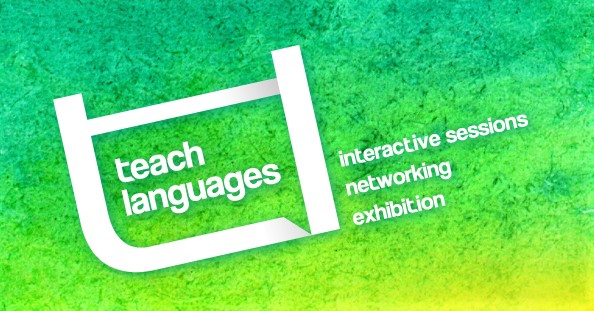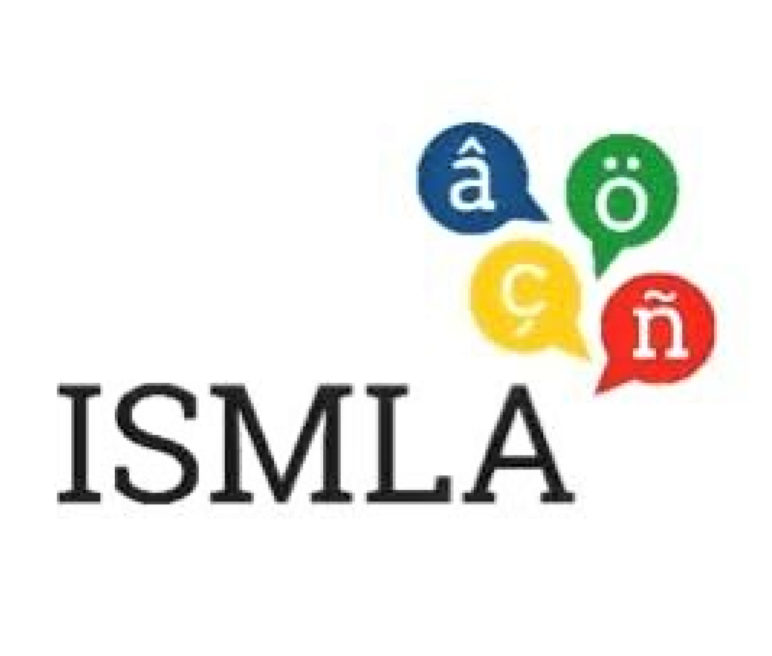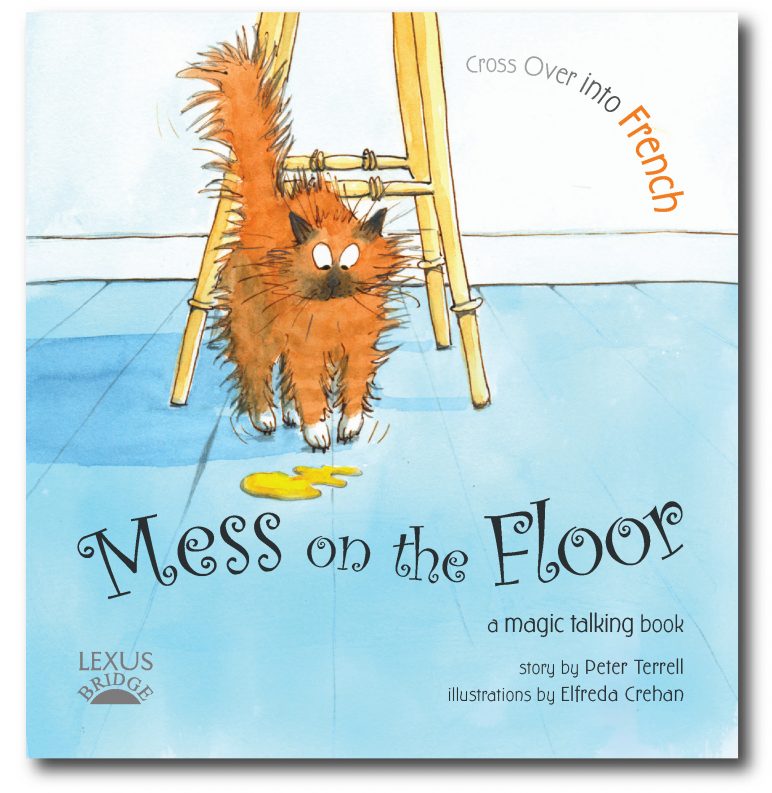The perspective from a language services provider as a response to the recent publication of The Gaelic Crisis in the Vernacular Community
Here, prompted by the recent flurry of comments and worry about Gaelic’s recently predicted lack of longevity, are the thoughts of a language services provider, translator and lexicographer.
1. Gaelic should be made compulsory at Primary School level in all of Scotland.
2. Gaelic classes should also continue through at least the first two years of secondary schooling.
3. The home of the Gaelic language is to be seen as the whole of Scotland.
4. The inhabitants of the Western Isles, where the 10-year demise is forecast, are, insofar as they are non-speakers, to commit to Gaelic language courses for at least 1 year.
5. Incomers to the Western Isles, where the 10-year period of decline is forecast, are, insofar as they intend to take up residence there, to commit to the study of Gaelic.
6. The target to be set for Gaelic language learners is, at least initially, to be some degree of familiarity with the language and not complete fluency in the language. The fact that people will want to continue to communicate in two languages is not to be seen as a bad thing but as a positive development.
7. It should be acknowledged that the creation of a learner base is a long-term undertaking and that long-term here means extending over at least two generations.
8. From this learner base there will emerge some who are fluent speakers, some who are able to read the language and some who have a greater or lesser degree of familiarity with the language.
9. It should be acknowledged that the implementation of these provisions cannot be left to voluntary take-up. This is the same basis that applies to the teaching of certain other subjects.
10. General aspirations are to be backed up by totally practical, everyday and inescapable applications.
Peter Terrell
Lexus Ltd
14th July 2020
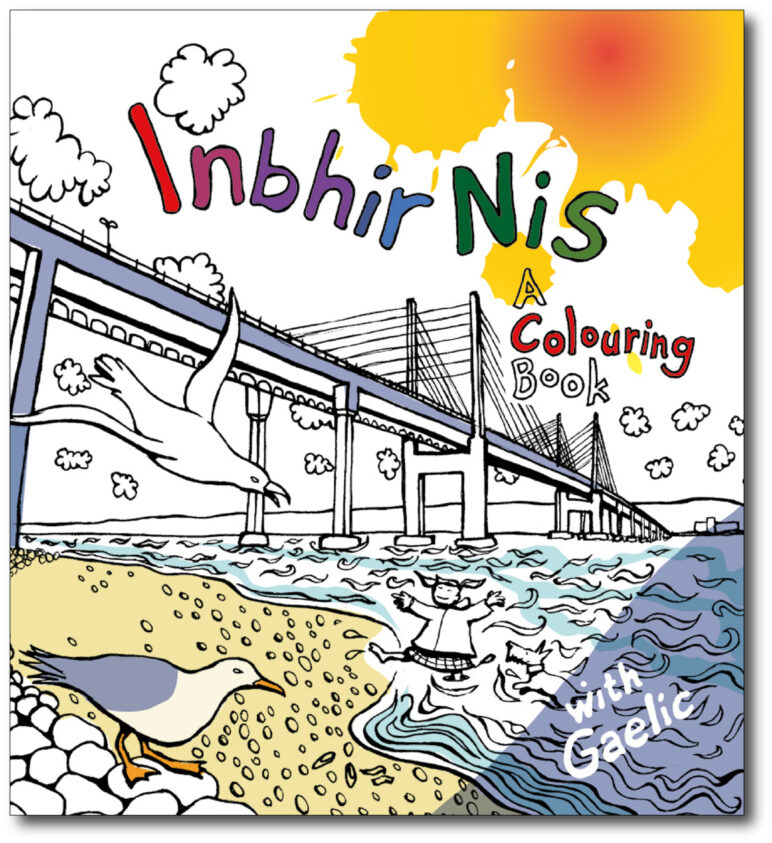
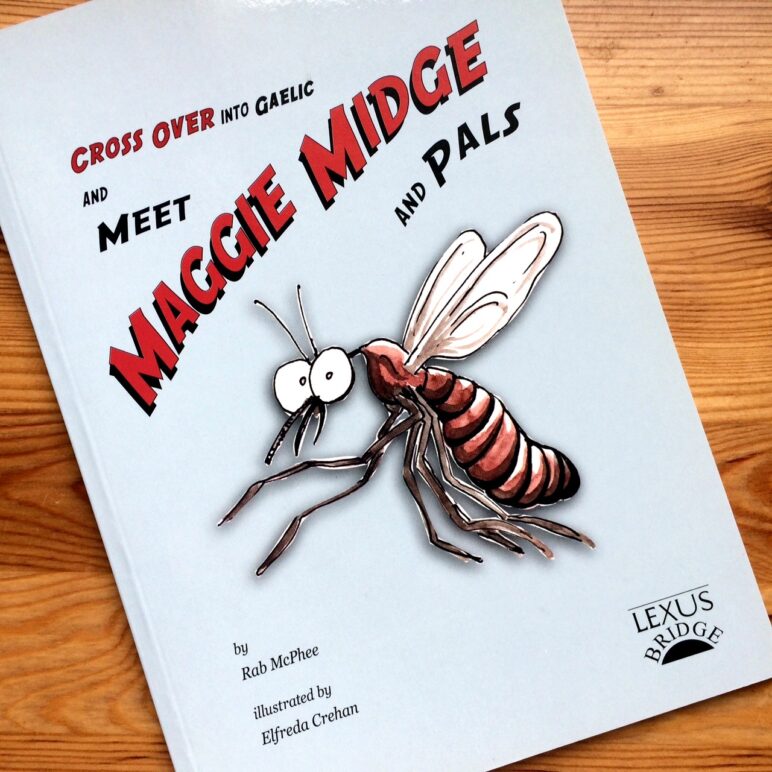
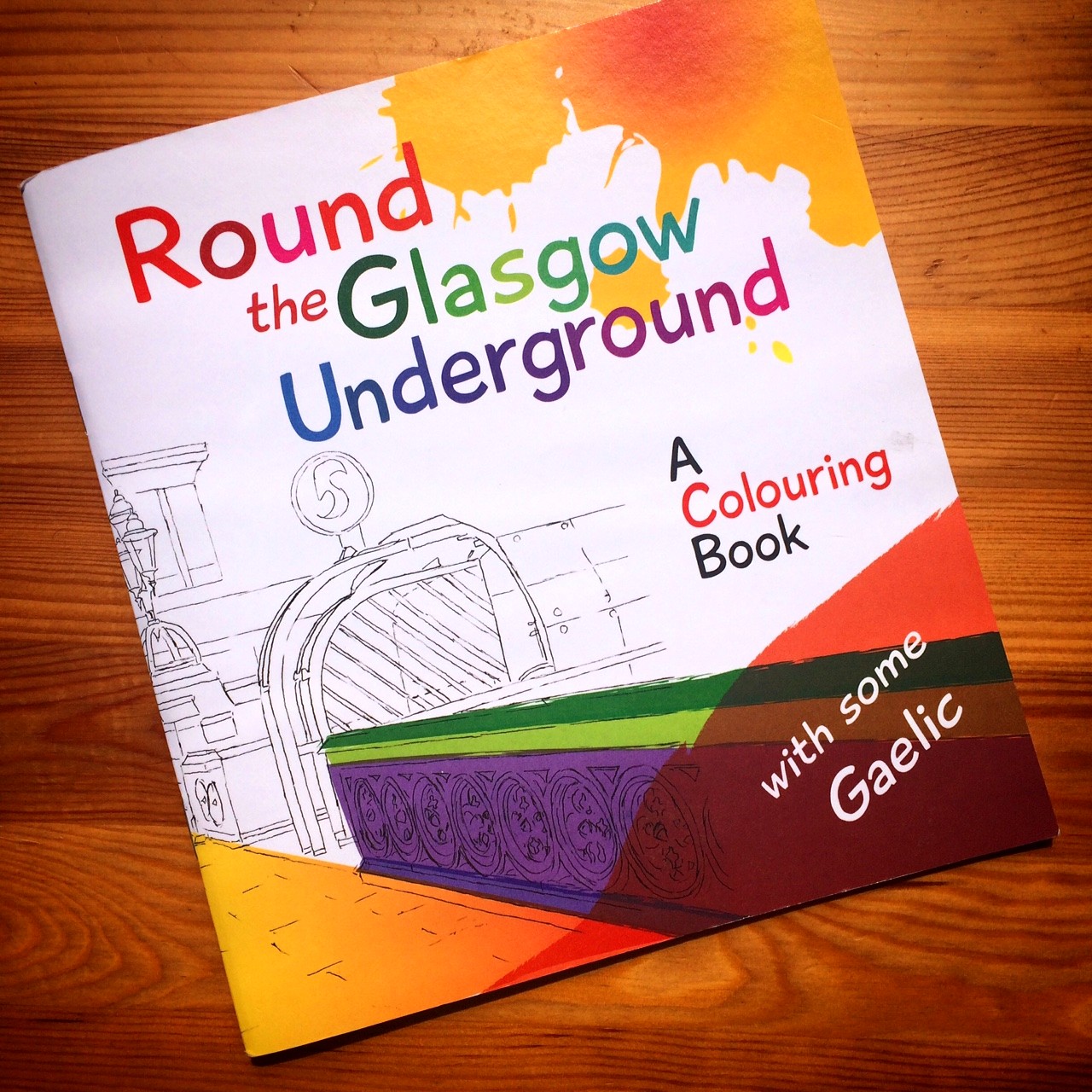 We’re really happy to be donating a box of our Round the Glasgow Underground colouring books to the Urban Fox Programme!
We’re really happy to be donating a box of our Round the Glasgow Underground colouring books to the Urban Fox Programme!